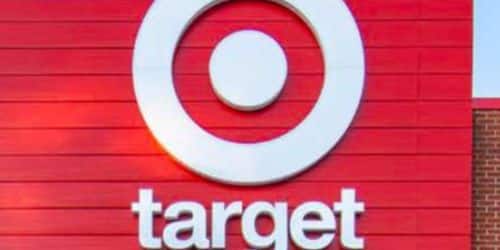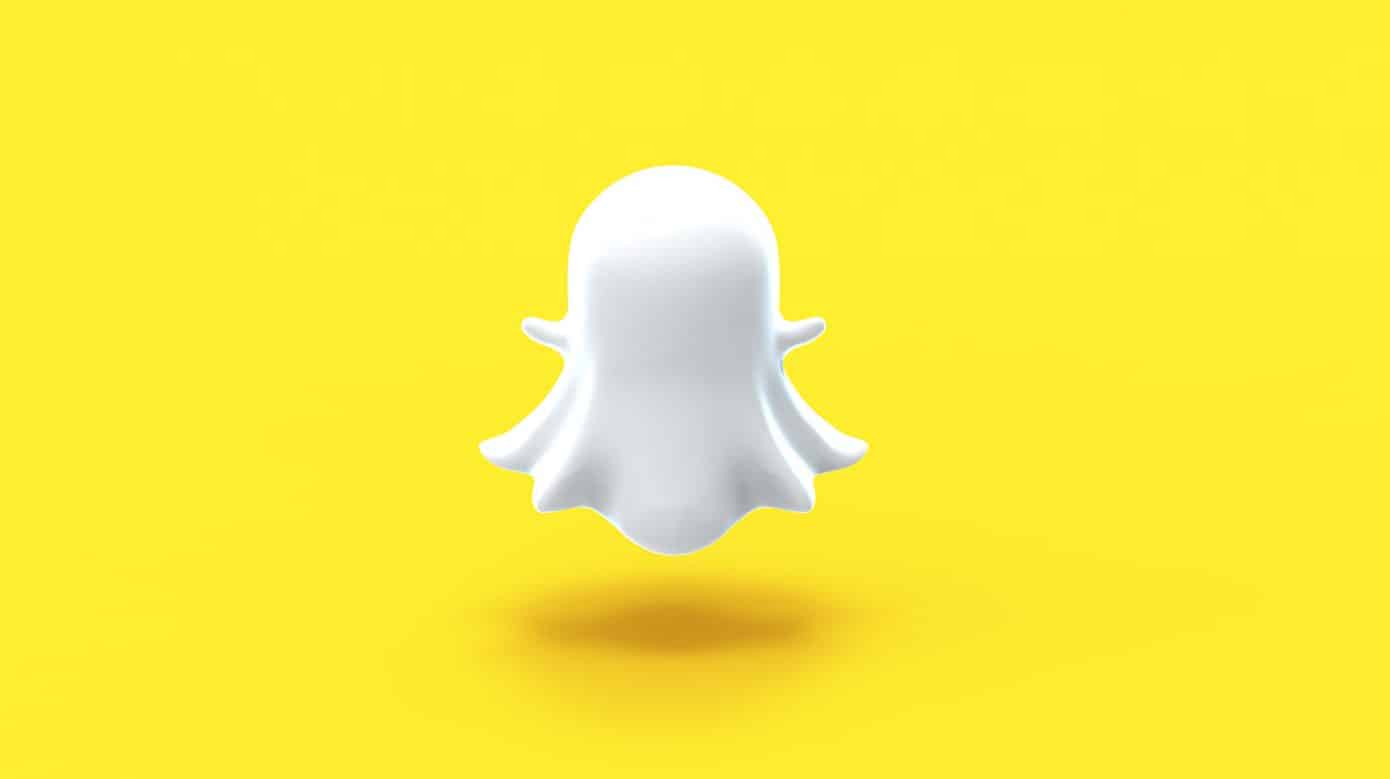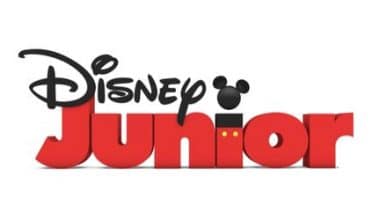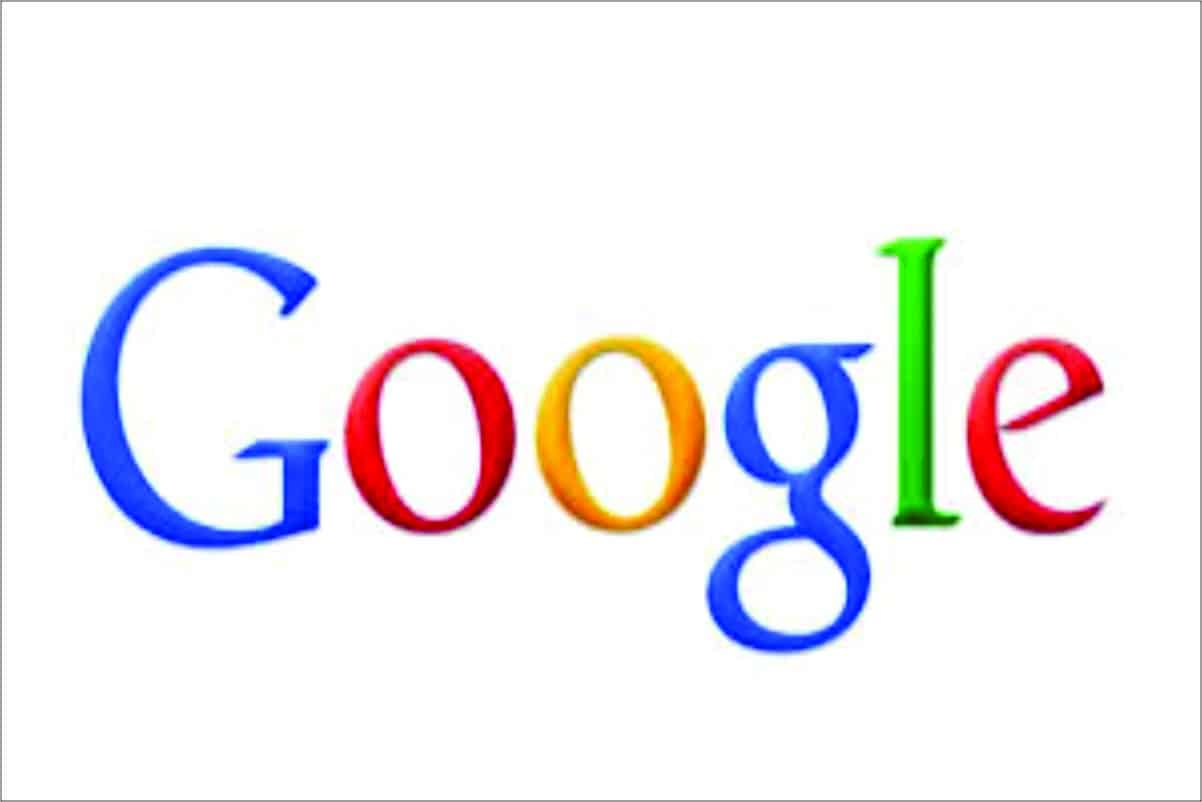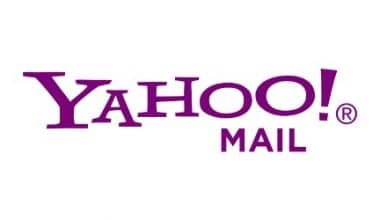Target started out as a small retail store in Roseville, Minneapolis. It is now one of the world’s largest retail chain stores, with thousands of locations in the United States and other countries.
Target had to struggle to carve out a distinct identity in a market dominated by Walmart and other smaller retail chains when it first launched.
To become distinguishable in such an environment, the company needed to stand out through its service, merchandise, and branding. The logo, of course, was an important part of the company’s branding strategy.
Target’s team finally settled on the name “Target” after much discussion and brainstorming of ideas regarding the store’s name and logo, eventually coming up with the retail store’s first logo.
Meaning and History
What Exactly is Target?
It is the sixth-largest retailer in the United States. He owns and operates a retail store chain for two brands: Target and SuperTarget. The company was founded in 1902. Its headquarters are in Minneapolis, Minnesota.
Dayton Company executives wanted to open several discount stores in 1960 to diversify the family department store chain. But first, they decided to start from scratch and consider every detail, right down to the logo.
The concept was created by then-Marketing Director Stewart K. Widdess. His team had a choice of 200 names. The most advantageous variant appeared to them to be “Target” – a word that symbolized the store’s desire to hit the bull’s eye and guess what society needs. It was also the inspiration for the well-known red and white logo.
1962 – 1968
The Target store officially opened on May 1, 1962. Buyers were greeted by a sign with six concentric circles. Their colors alternated: three circles, including the central one, were white, and three more (one after the other) were red. In the center was the horizontal “Target” lettering in black italics.
It was the first brand logo created by the design team led by Stewart K. Widdess. They used the inside of the target, the Bullseye, as the centerpiece to connect the brand name to the name.
1968
Target stores first appeared across the country in the late 1960s. Along with the company’s growth, the logo was changed to a more simple red circle with two white rings around it. Because the inscription is no longer present, the symbol has become more universal. It is remembered that it was used in an advertisement poster specially designed for the opening of Shop at Target in 1969: the famous target looked like a dangling earring.
1968 – 1972
Target had a one-word logo in 1968. It was the company’s name, written in large white letters with thin black strokes. For the design, a font similar to ParaType’s Pragmatica Shadow Italic was used, but without thickened outlines. All glyphs were capitalized. A minimalistic version of the emblem existed until the early 1970s.
1971 – 1972
In the first half of the 1970s, a rondel was added to the inscription. It is made up of three concentric circles that alternate red and white colors. In fact, the designers combined Target’s iconic symbol with a previously created wordmark. The design of geometric figures in the shape of a target was located in the upper right corner and partially covered the vertical stroke of the last “T.”
1972 – 1973
The white-red rondel was eventually moved to the opposite side, to the left of the inscription. The designers enlarged the round symbol by moving it, and the word “TARGET” was nearly cut in half. That is, the graphic element emerged as more important than the company’s name. The authors of the emblem chose a bright red color to make it more visible.
1973 – 2004
Designers attempted to highlight the inscription using font and color in 1973. To accomplish this, they enlarged the letters, aligned them, and made them completely black. Despite the removal of italics, the general shape of the glyphs remained unchanged:
- The “G” still looked like a swirling arrow.
- The “R” had an elegant ridge at the bottom.
- The middle stroke of the “E” was shorter than the others.
2004 – 2018
Target decided to embark on daring experiments as the millennium approached. She showed a logo in which the round shape got much bigger and moved up, while the text got smaller and moved down. The letters were repainted in the same red as the rings in this version.
2018 – Today
Another significant shift in the company’s identity occurred in 2018. As part of the redesign, all letters in the word “target” were converted to lowercase. But the font style hasn’t changed: it’s still a bold geometric grotesque. The target is represented by the concentric circles at the top. That is, it is a graphic representation of the brand name.
Why Does the Target Logo Work?
For a logo to work, it must be made with a specific goal in mind and follow branding best practices. The Target logo’s minimalist design style clearly communicates the company’s mission and vision.
It also stands out from the crowd due to its contrasting and corresponding colors. As a simplified logo, it appears impressive and recognizable across all promotional channels. In effect, this creates an instant emotional connection with its customers.
The logo has remained relatively unchanged with minor changes for the past five decades. Customers have expressed trust in the brand’s consistency.
In 2003, the company did a survey, and 96% of shoppers said they knew what the bull’s eye was. These loyal customers think that the logo stands for a brand that sells good products and does business the right way.
Elements of the Target Logo Design
Design elements are essential for any logo design. However, combining several of them into a single logo can be problematic. The famous Target logo appears to be the work of a meticulous mastermind. It has fewer design elements, which gives it a unique look, precision, scalability, relevance, memorability, and timelessness.
From the start, the designer aimed for a minimalist design style. He chose a symbol that is synonymous with the company’s name. Let’s take a closer look at the three design elements used in the Target logo.
The Target Symbol and Shape
The Target Circles
Although some people call the center symbol a dot, most people call it a circle. In effect, the current Target logo has three circles that represent completeness, movement, and timelessness. They also symbolize the company’s unity with its stakeholders—directors, suppliers, employees, customers, and so on.
The Numerical Three Numbers have their own symbolism and emotions that they convey. The three circles represent three numerical numbers. It is associated with creativity, effective communication, and individuality in numerology. It also exudes good taste, sociability, and expansion.
The Target Logo Colors
Target’s favorite color is red. It is there to instantly capture the attention of both loyal and potential customers. Target intends for customers to perceive red as desirable, lovely, vibrant, and powerful by incorporating it into the Target logo.
The White Color: Complimentary colors help Target’s logo stand out. And the white color does it perfectly by providing a stark contrast to the red color. White symbolizes cleanliness, humility, simplicity, and peace. These are the values that Target wants customers to associate with its brand.
The Color Black: The next color that conveys the right ethos of the company is black. It is primarily used on the company’s wordmark. It represents formality, elegance, authority, and strength. Also, it complements the other colors to give the iconic trademark a magnificent personality.
The Target Logo Typography
Target chose the Helvetica Neue Bold Font. Though it is a readable font, the company’s previous use of it created a few legibility issues. Target’s logo is now so well known that it is used without a wordmark.
Who Founded the Target Company?
The Target retail store was founded by George Draper Dayton and was originally known as the Goodfellow Dry Goods Company. He was born in Clifton Springs, New York on March 6, 1857, to David Day Dayton and Caroline Draper Wesley.
He aspired to be a church minister as a religious teen. Nonetheless, he became a successful entrepreneur. He became very interested in real estate and started buying mortgages on farms in Southwest Minnesota.
In 1878, he married Emma Chadwick, and the couple moved to Worthington, Minnesota, five years later. He saw tremendous business potential in his new surroundings and invested wisely. He started the Minnesota Loan and Investment Company and ran the Bank of Worthington as its president.
As a Sunday school teacher and devout Christian, he became a church clerk and trustee of Westminster Presbyterian Church, as well as a member of the Worthington Board of Education.
In 1918, he established the Dayton Foundation with a $1 million donation to improve people’s lives in his community while also financially supporting his church. Target Foundation is the name of the foundation today.
George Dayton died of cancer at the age of 80, and he was buried in Minnesota. On February 18, 1938, he died, and his sons and grandsons took over to carry on his legacy.
How Target Began
Target’s slogan is “Expect More. Pay Less.” It takes pride in being one of the largest discount retail stores in the United States of America.
It all began in 1881, when American banker and real estate investor George Dayton set out to investigate the business potential of the Midwest economy. He arrived in Minnesota and purchased land on Nicollet Avenue.
In 1902, he put money into the Goodfellow Dry Goods Company, which was the fourth largest department store in Minneapolis, Minnesota. A year later, the owner retired, and George Dayton took full ownership of the store. He renamed the store Dayton Dry Goods Company and became the first president.
In 1911, the company changed its name once more. This time, the name was changed to Dayton Company to make it easier to remember and show that the company had grown and grown over the past ten years. In 1916, the Retail Research Association was started, and the company was one of its first members.
After two years, the organization changed its name to the Associated Merchandising Corporation. It became the umbrella cooperative association for the leading retail brands.
Read Also: NETFLIX LOGO: Evoluion & Tips on Digital Branding
In 1920, freight forwarders went on strike, disrupting the movement of goods from New York to Minnesota. With this potential threat in mind, George Dayton airlifted his merchandise. Later, this inventive method of transporting goods became part of the American entrepreneurial culture.
In 1922, the company launched a radio station. It became one of the six radio stations in Minneapolis, but it was the first to be sponsored by a retail store. It grew to be the most powerful and popular radio station in the community.
The mercurial entrepreneur died of cancer in 1938. George N. Dayton succeeded him as President. In 1950, his grandchildren—Donald, George II, Kenneth, Wallace, Bruce, and Douglas—took important positions in the company.
In 1962, the board of directors asked Stewart Widdes, a former Dayton’s Director of Publicity, to come up with a name for a new retail store.
He and his team brainstormed 200 possible names. However, Target became the official name, giving rise to the Target logo. Target opened its first store outside of Minnesota, in Denver, in 1966.
How Big Is the Target?
Target is now the second-largest discount retailer in the United States, with nearly 1,900 stores. Its extensive product line includes, but is not limited to, food and beverages, baby products, furniture, apparel, toys, electronics, personal care, pets, games, and school supplies.
Cartwheel, its innovative app, has helped customers save more than $160 million when purchasing from its website. They collaborated with Facebook to create the digital coupon app, which receives 1.2 million visitors per day.
Customers can now buy from Target’s website using third-party chip cards. Customers with over 40,000 items can purchase and pick up the items at a nearby Target store within a few hours.
Target will employ approximately 359,900 people by the end of 2019. In the same year, its sales volume was $75.3 billion, total assets were $41.29 billion, and net income was $2.93 billion. It also has four subsidiaries: Target Brands, Inc.; Target Capital Corporation; Target Enterprise, Inc., and Target General Merchandise, Inc.
Is It Time to Evaluate and Revamp Your Logo?
Consider the following questions:
Has Your Target Audience Changed Over Time?
Millennials. This generation has recently become a hot topic because, as the largest generation in U.S. history, they are entering their prime years in the professional arena and fiscal spending. Their economic impact will be significant. They are well-informed and educated, and they expect convenience and flexibility at their fingertips. Do you have a strategy in place to accommodate them? Shouldn’t this change be reflected in your logo?
Has Your Company’s Focus Shifted Over Time?
The only way to successfully navigate a variety of expectations is to shift your focus over time. Changes in the environment, stakeholder expectations, human resource challenges, organizational structures, competition, and new products or services are all variables that may force you to advance and grow.
Has a Merger or Acquisition Occurred?
Mergers and acquisitions can significantly alter the nature of a company or its competitive position in the marketplace.
Have You Properly Adapted to Modern Technology and Social Media?
With web access available 24 hours a day, seven days a week, 365 days a year, your brand and marketing must adapt to these channels. Is your website mobile-friendly? Is it simple and quick for a potential buyer to contact you?
Does Your Logo (Brand) Accurately Represent Your Organization?
Is it time to evaluate your brand? A brand assessment allows you to assess the strength of your brand, emphasize the value of your brand with customers, and, if necessary, reposition the brand to reflect changes in the marketplace. If perceptions of your company differ from the outside in or the inside out, it’s time to realign and understand your audience’s needs and desires.
How to Begin Your Rebranding
When it comes to reducing your brand to a single image, word, symbol, mark, or emblem that will serve as your logo, there is a lot to consider. Here are a few steps to get you started on your rebranding project.
Enlist the Assistance of a Graphic Designer
Whether or not you consider yourself a good drawer, we recommend that you seek the advice of a trained professional. A good graphic designer is trained to visually communicate what your brand stands for, and they will know which colors and fonts to use to add psychological cues that will make your audience feel a connection when they see your logo.
Consider Your Rivals
Consider the logos of your competitors before proceeding. Aside from the legal risks of imitating another organization’s branding, it is critical to forge your own path and differentiate yourself from others in the market. Nobody likes a clone!
Choose a Format for Your Logo
You may need to decide which type of logo will best represent your company at the start of the redesign process. There are four major types of logo formats to consider:
- Wordmarks are logos that refer to a specific design for a brand’s or product’s written name (freestanding word or abbreviation). Consider the logos of eBay, Google, Volvo, and Jeep.
- Letterform logos are made up of a single letter. Honda, McDonald’s, and Facebook are a few examples.
- Pictorial – logos are represented by symbols of recognizable objects. Apple is the most well-known example of a pictorial logo.
- Abstract Logos, like abstract art, do not represent anything recognizable. Consider Nike’s swoosh symbol.
Your business stage, industry, organization name, values, brand positioning, target market, and unique offering all play a role in determining which type of logo will best represent your brand. For example, if your company has a lengthy name, a wordmark logo may not have the desired impact.
Choose the Appropriate Color Scheme
Color has a significant impact on the perception of your brand’s services, value, and personality. It has the unusual ability to convey a message or meaning without using words. People’s psychological responses to different colors can vary. As a result, being a graphic designer is priceless. A good designer will understand color psychology and will be able to make informed, strategic decisions for your brand.
Choose a Font
Fonts, like color, can elicit a variety of emotional responses. When deciding on a font style, consider what you want to convey about your brand.
For instance, if you are an investment and advisory firm, you should project honor, strength, and integrity. Consider using a simple, straightforward, bold font with no frills. If you are planning a children’s party, you may want to use a more whimsical and flourished font that conveys fun, imagination, and youth.
Making changes to shapes and simplifying your design
Shape Changes That Are Subtle
This can include sharper corners or softer edges.
Simplifying by removing unnecessary shadows and items. This is the most effective method for making your logo more versatile. You can strengthen and clarify your brand’s identity by removing excess clutter.
Related Articles
- Retail Investors: How To Become One
- TOP 13+ SKATEBOARD BRANDS With the Best Reviews in 2022(Updated!!!)
- Target Affiliate Program: 2022 Review, Commission & How-to Guide
- Hail Damage Car: Insurance claims, costs of repair (+top picks for the sales)
